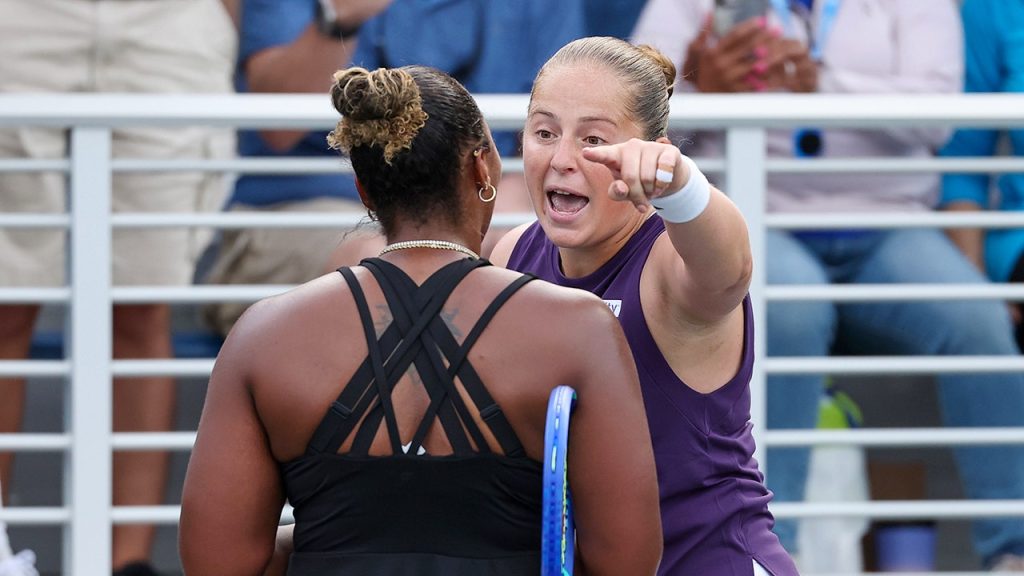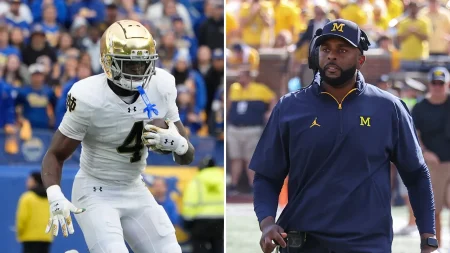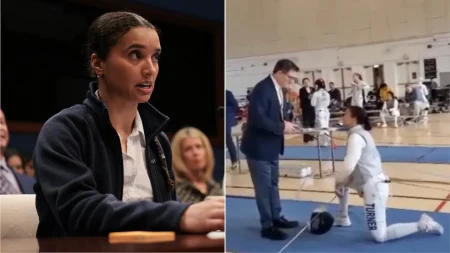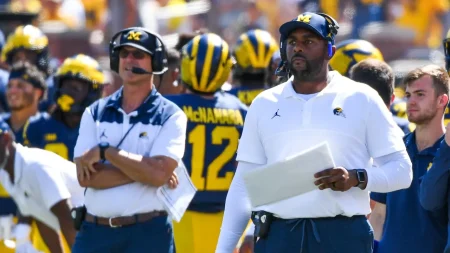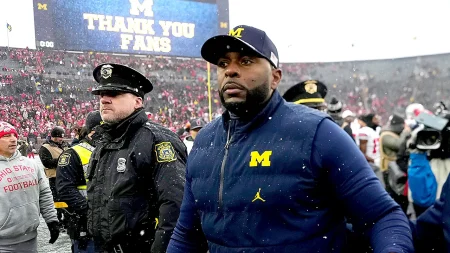Jelena Ostapenko’s Apology After U.S. Open Outburst
In the high-pressure environment of professional tennis, emotions can sometimes get the better of players. This was evident in a recent incident involving Latvian tennis star Jelena Ostapenko and American player Taylor Townsend at the U.S. Open. After her early-tournament defeat to Townsend, Ostapenko lost her composure at the net, pointing her finger at her opponent and claiming she had “no education.” This heated moment quickly gained attention in the tennis world, highlighting how even elite athletes can struggle with sportsmanship in the face of disappointment. The incident offers a window into the intense emotional world of professional sports, where years of training and expectation can erupt in a momentary lapse of judgment.
Following the backlash to her comments, Ostapenko took to social media to issue an apology, explaining that English is not her native language and clarifying her intended meaning. She wrote that when she mentioned “education,” she was specifically referring to what she believed was proper “tennis etiquette,” though she acknowledged how her words could have offended many people beyond just the tennis community. The apology represents an attempt to make amends for what was clearly a regrettable post-match interaction. For Ostapenko, ranked 25th in the world, the incident came after a decisive 7-5, 6-1 loss to Townsend, suggesting that frustration with her performance may have contributed to her emotional outburst.
When asked about Ostapenko’s apology after winning her doubles match on Saturday, Townsend responded with remarkable grace and perspective. She noted that she hadn’t been aware of the apology until that moment, saying, “That’s nice that she did that, that she apologized. That’s fine. That’s cool.” Townsend went further, characterizing the situation as “a learning lesson” for Ostapenko and expressing hope that her opponent would realize “you can’t control people and it’s better just to focus on yourself.” This measured response demonstrates Townsend’s maturity and ability to rise above the controversy. She also mentioned that she hadn’t heard personally from Ostapenko, suggesting that the social media apology, while public, lacked the personal touch of a direct communication.
The incident took on additional complexity when a reporter asked Townsend, who is Black, whether she felt Ostapenko’s comments had racial undertones. Townsend handled this sensitive question thoughtfully, stating that she hadn’t taken it that way herself, but acknowledging the historical context: “That has been a stigma in our community of being ‘not educated’ and all of the things, when it’s the furthest thing from the truth.” Her response showed awareness of how such language can be interpreted against the backdrop of racial stereotypes, while carefully avoiding jumping to conclusions about Ostapenko’s intent. Instead, Townsend redirected the focus to her tournament performance, saying, “The only thing that I’m worried about right now is continuing to move forward through this tournament,” demonstrating her professional focus amid the controversy.
Ostapenko’s immediate post-match explanation for her behavior centered on what she perceived as breaches of tennis etiquette by Townsend. She expressed frustration that Townsend hadn’t apologized after benefiting from a net cord during a point – a courtesy gesture that many players observe but is not required by the rules. Additionally, Ostapenko took issue with Townsend warming up before the match at the net rather than at the baseline, which apparently violated her expectations of pre-match protocol. These complaints, while perhaps meaningful to Ostapenko, struck many observers as relatively minor issues that didn’t justify her heated reaction. The incident illustrates how different players may have varying interpretations of unwritten rules and courtesies in tennis, and how these differences can sometimes lead to conflict.
This exchange between Ostapenko and Townsend highlights broader themes about sportsmanship, cultural differences, and the intense pressure of professional tennis. For Ostapenko, a former French Open champion known for her powerful game and emotional playing style, the incident represents a moment where competitive frustration overcame professional decorum. For Townsend, who has faced numerous challenges in her career including body-shaming and criticism, her composed handling of the situation demonstrates remarkable resilience and professionalism. The tennis community’s reaction to this incident serves as a reminder that while the sport celebrates fierce competition, it also values respect and sportsmanship. As both players move forward in their careers, this moment may serve as an important lesson about communication, cultural sensitivity, and maintaining perspective in both victory and defeat.





